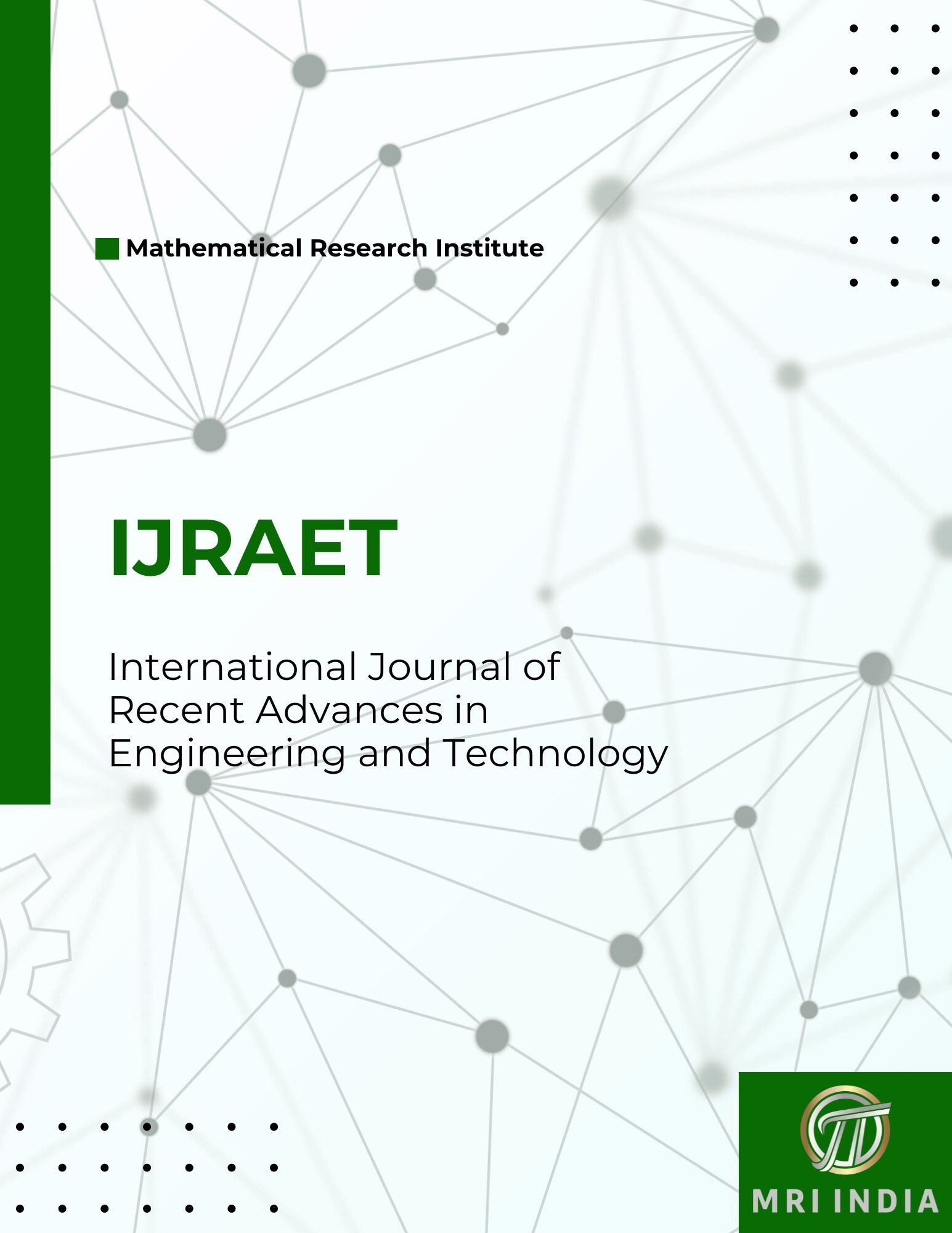Seismic Behavior of Composite Steel-Concrete Beams in High-Risk Earthquake Zones: An Analytical and Experimental Approach
Main Article Content
Abstract
This study investigates the seismic performance of composite steel-concrete beams in high-risk earthquake zones through a combination of analytical modeling and experimental testing. Composite beams, which combine the strengths of steel and concrete, are increasingly utilized in structural designs due to their superior load-bearing capacity and ductility. The research emphasizes the behavior of these beams under seismic loading, focusing on critical parameters such as energy dissipation, load transfer mechanisms, and failure modes. Advanced numerical simulations are conducted to model the nonlinear behavior of composite beams, validated through full-scale experimental testing. The findings highlight the influence of connection detailing, material properties, and beam geometry on seismic performance. The outcomes provide practical recommendations for optimizing composite beam designs, ensuring enhanced safety and structural resilience in earthquake-prone regions.
Downloads
Article Details

This work is licensed under a Creative Commons Attribution-NoDerivatives 4.0 International License.
